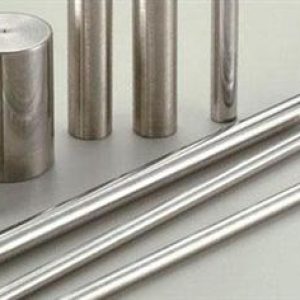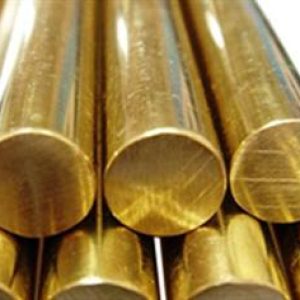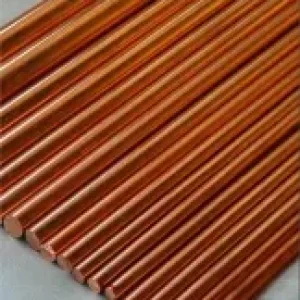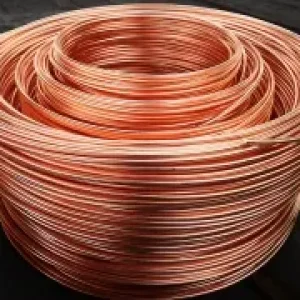- Diameter: This refers to the cross-sectional size of the rod. Copper rods can vary in diameter from very thin (measured in millimeters) for precision applications like electronics or wiring, to thicker sizes (measured in inches or centimeters) for industrial use, such as in construction or machinery parts. Common diameters might range from 1mm to several inches.
- Length: The length of a copper rod can greatly vary based on its intended use. It can be supplied in standard lengths (e.g., 3 meters, 6 meters) or custom-cut to specific requirements. Some suppliers offer rods in coils for continuous processing applications.
- Purity: Copper rods are available in different levels of purity, with the most common being electrolytic tough pitch (ETP) copper, which typically has a purity of 99.95% copper content. Higher purity copper (e.g., 99.99%) may be used for specific electrical applications where conductivity is paramount.
- ** Temper or Hardness**: Copper rods can be supplied in various tempers, indicating their hardness and malleability. Annealed (soft) copper is more ductile and easier to form, whereas harder tempers (like half-hard or hard-drawn) offer greater strength and springiness, suitable for mechanical applications.
-
Conductivity: A crucial parameter for copper rods used in electrical applications, conductivity measures how well the material allows electric current to flow. Copper’s high conductivity makes it ideal for wiring and other electrical components. Conductivity is usually expressed as a percentage of IACS (International Annealed Copper Standard).
- Surface Finish: This can range from a smooth, bright finish for aesthetic or precision applications to a rougher, matte finish for uses where appearance is less critical. Oxidation-resistant coatings may also be applied to protect the copper during storage or transportation.
- Tensile Strength: This measures the maximum stress that the copper rod can withstand before it fractures. It’s an important factor in determining its suitability for applications requiring mechanical strength.
- Elongation: Elongation at break refers to the percentage increase in length a copper rod can undergo before it breaks under tension. It indicates the material’s ductility.
-
Resistivity: The reciprocal of conductivity, resistivity measures the resistance of a material to electrical current flow. For copper, this value is typically low, reflecting its high conductivity.




